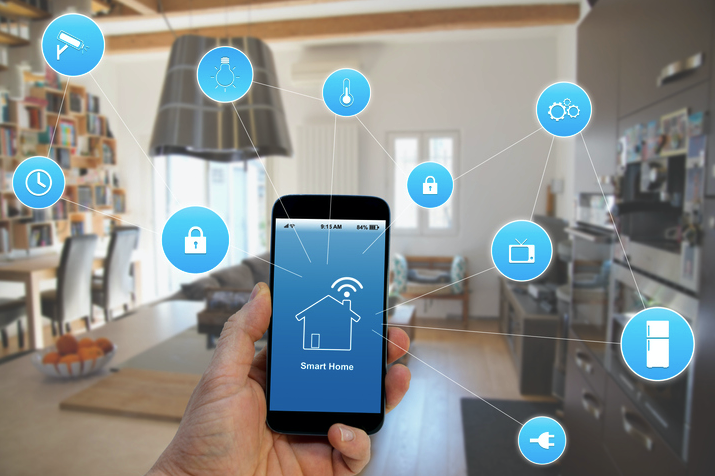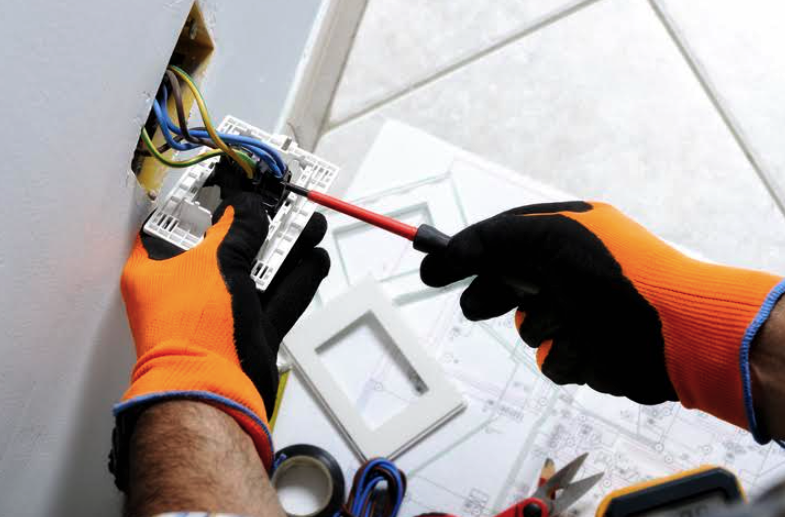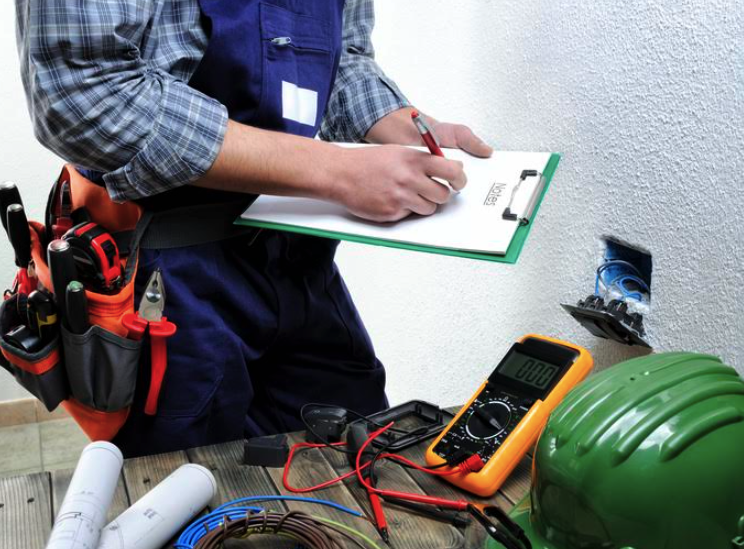
When smartphones hit the market, everyone seemed to want one. Now more and more people are also upgrading their houses to become smart homes–intrigued by the idea of home automation for an easier and more efficient lifestyle. If you’re interested in electrical wiring, this is a trend you might encounter. These setups can include anything from lighting and temperature automation to security and entertainment systems.
Here’s a quick overview of some key facts about smart home development.
1. Many Start Home Automation With Smart Plugs or Switches
Installing smart plugs or switches is a good way to start the home automation process. Smart plugs allow homeowners to control their smart devices using their phones—or even their voice, if smart speakers are around. Smart switches enable them to control the lighting system much more efficiently. The rise of smart devices makes this an important step, with the wiring process for both switches and plugs being fairly similar.
As an electrician, you’ll first unscrew the wall plate and begin disconnecting wires. It’s a good idea to identify all the wires involved—checking for line and load wires as well as neutral wires. Once everything is properly identified and connected, the homeowner can begin integrating smart applications seamlessly into their home. If you want to become a construction electrician, then you might also be looking to install deep junction boxes (where wires meet) during construction as well as in-wall remote control panels to influence lighting groups for a more complex lighting setup.

2. Home Temperatures Can Be Automated by Wiring Smart Doors and Windows
In addition to being convenient, automated doors and windows can help manage a home’s temperature during summer and winter. Smart doors can include automated garage and sliding doors–both of which can be programmed to open at a scheduled time. They can also be wired with extra sensors that indicate security risks (such as unlocked or open doors).
Smart windows can operate in the same way. They can be programmed to open or close depending on room temperature. This can be helpful to homeowners who want easier temperature regulation. As a construction electrician, you might also be interested in wiring a smart thermostat, which should be done carefully as it affects the HVAC system. Smart thermostats can give useful energy reports and control temperatures in different rooms. They also provide other features that could make smart homes a compelling option for homeowners.

3. Those With Electrician Training Can Help Homeowners Set Up Smart Security
Home alarm systems are a big part of smart home security. Both wired and wireless systems can be used to monitor homes, detect intrusions, and even send notifications directly to an individual’s phone. Wired home security systems are permanent, while wireless systems offer more flexibility and can be easily moved around. This makes the option convenient for homeowners who frequently modify their living space. After your electrician training, you can install home security systems–linking them to motion detectors and security cameras. A wireless setup can be easily hooked into the Wi-Fi network, but wired home security requires a central control panel and some hands-on electrical wiring skills.
The opportunities for smart home development are endless, with options to add smart smoke detectors, video doorbells, and much more.
Do you want to have an electrician career in construction?
Contact NATS for more information!





